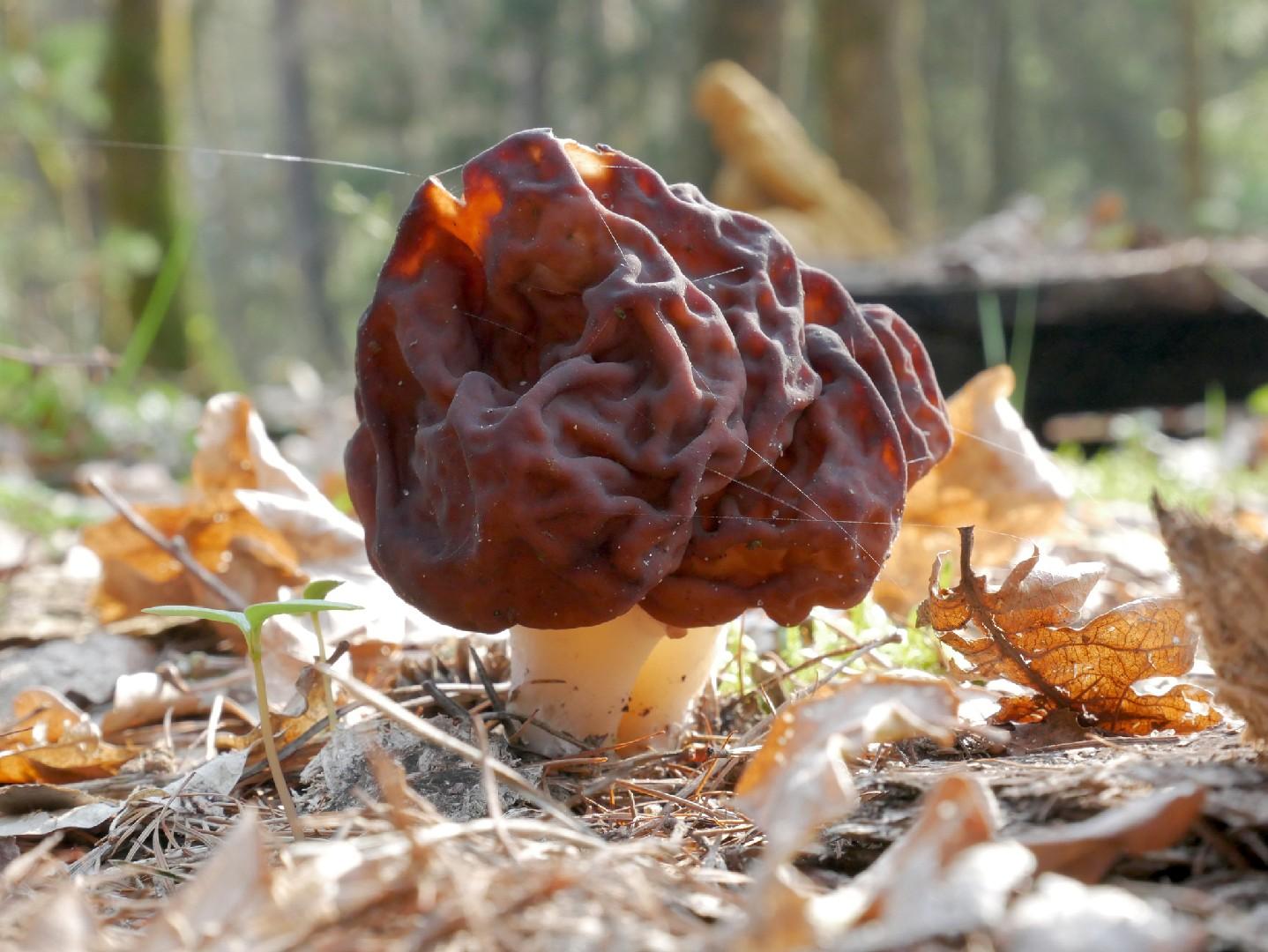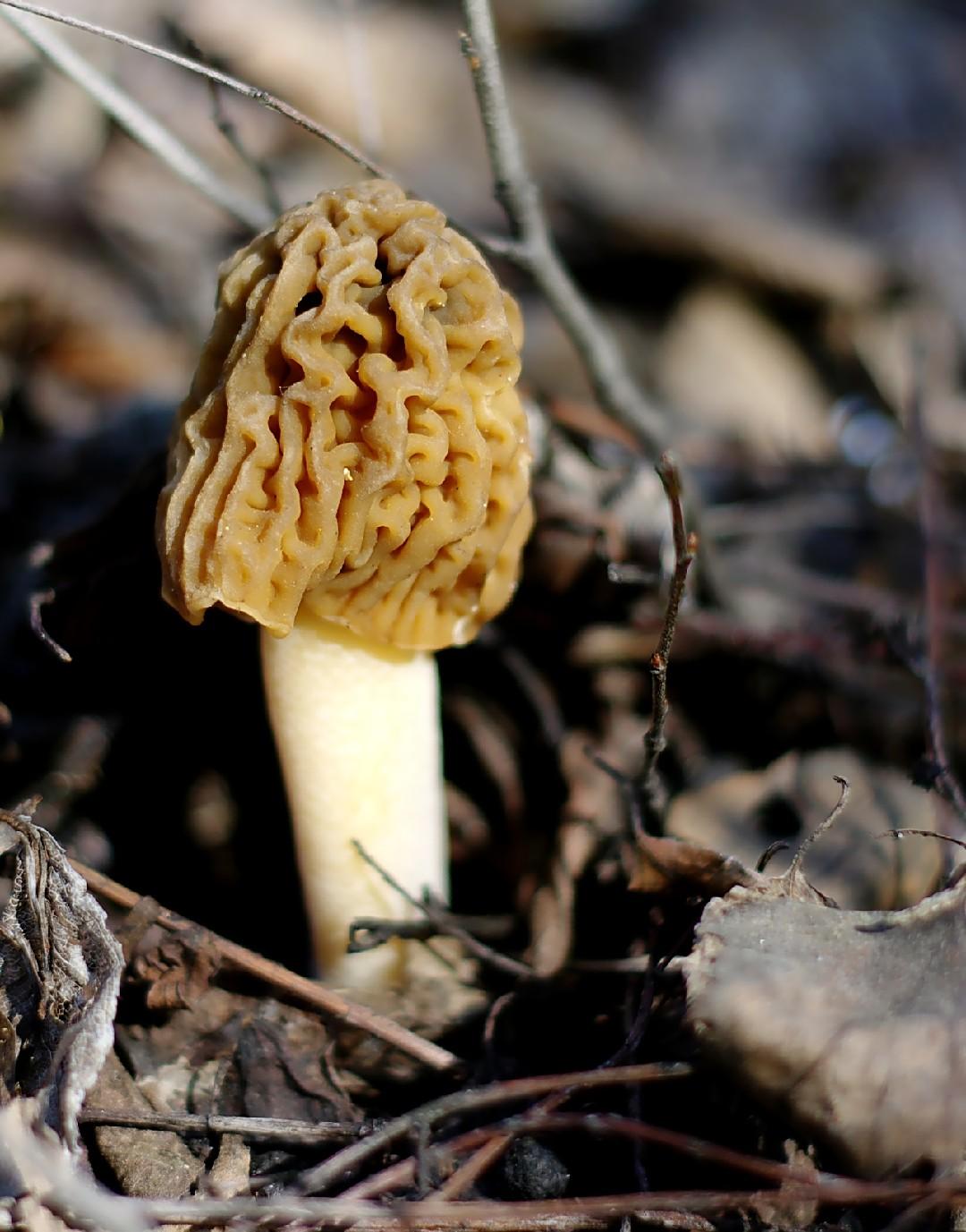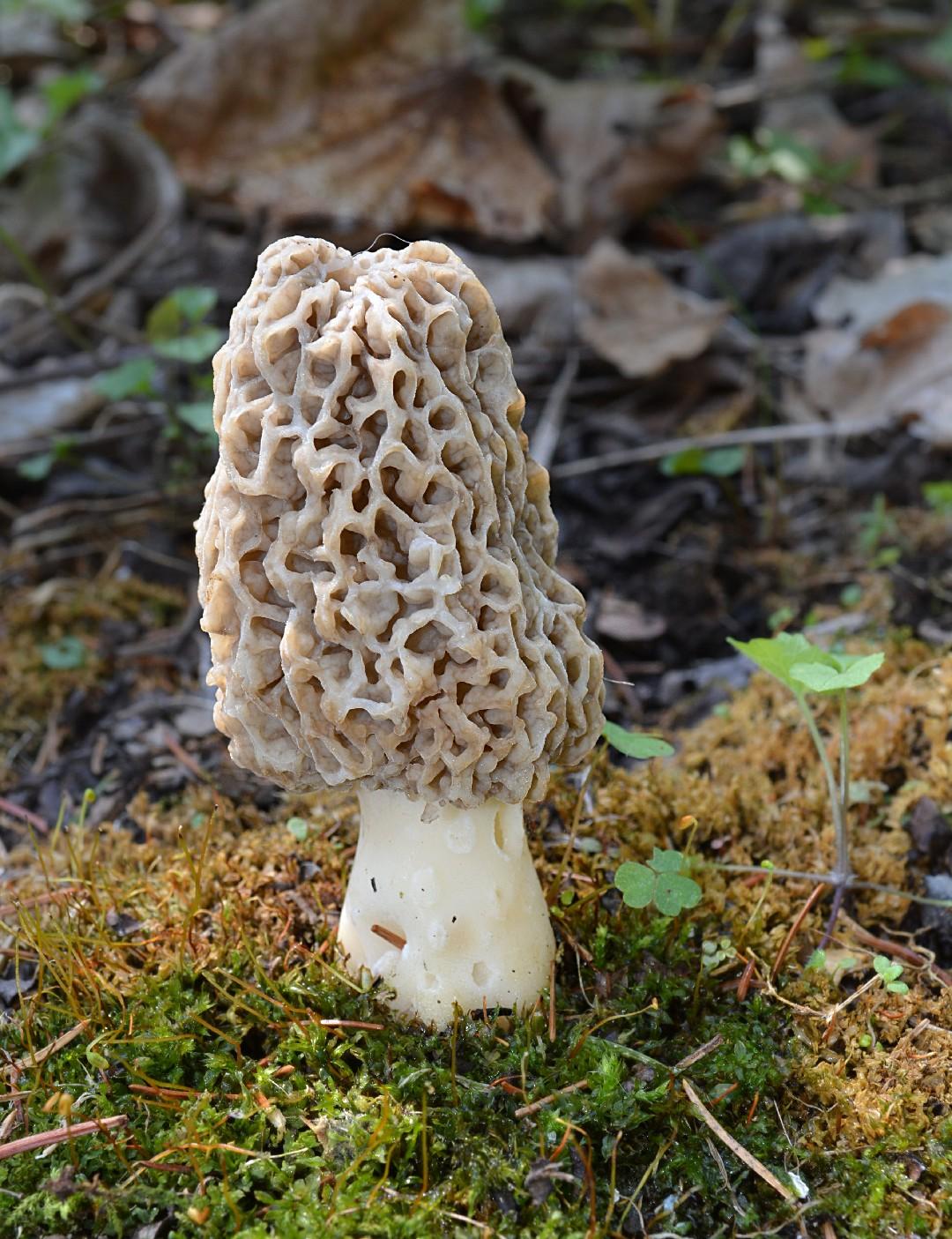

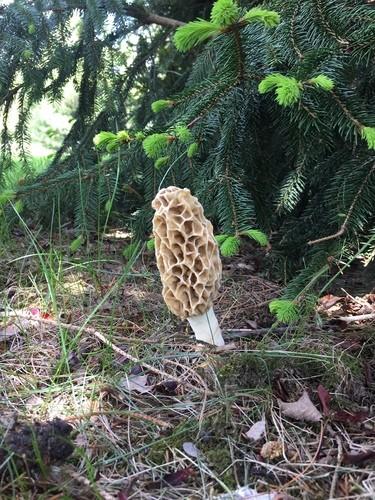
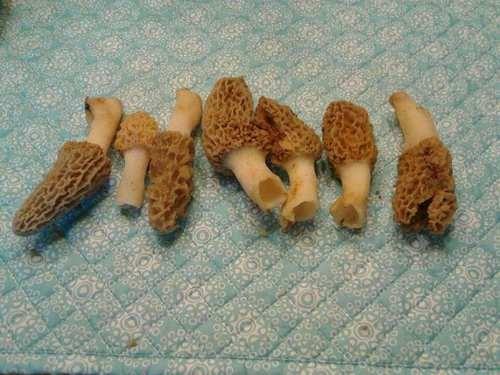
White morel
Morchella americana
A species of True morels. Also known as Blonde morel.
The distinctive cap of the white morel (Morchella americana) is notably nourishing, making it a prized discovery for mushroom hunters. As a market commodity, these are a highly expensive, seasonal delicacy. Uniquely among fungi, the white morel flourishes even with minimal or no shade, and its coloration can span from a warm, golden-blonde to an unappealing grey.
Attributes of White morel
Scientific Classification of White morel
Toxicity and Edibility of White morel
Is White morel Toxic?
Toxicity information is not available for this mushroom. Always consult with an expert before consuming any wild mushrooms.
Is White morel Toxic to Dogs?
White morel can be dangerous to dogs. If your pet has consumed this mushroom, seek immediate veterinary attention. Symptoms may vary, but early intervention is crucial for the best outcome.
